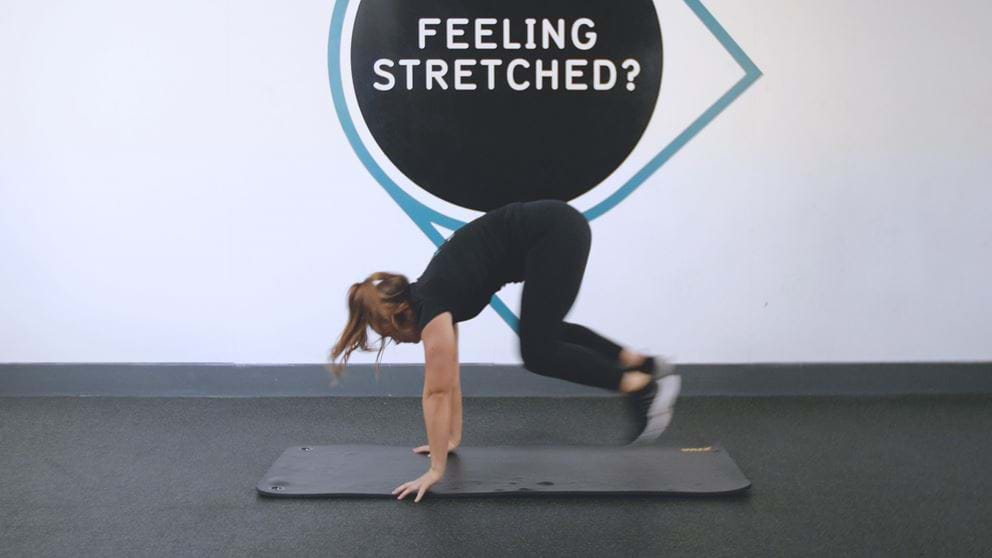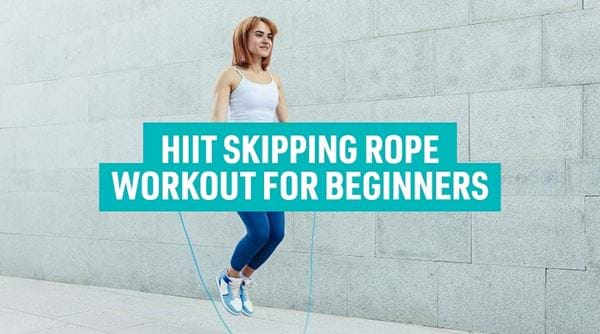A Newbie's Guide To Safe & Effective Burpees

Burpees are one of the treasured exercises of sadistic personal trainers, martial artists, athletes, and anyone else who’s more than happy to torment themselves or others for quick, effective fitness benefits.
If done right, burpees can be an incredible exercise for cardiovascular and whole-body conditioning, and can even be the perfect finisher move to fully push your muscles over the edge following a heavy weight training session.
Of course, like with all exercises, there are right and wrong ways to do burpees safely and effectively. Read on.
The Benefits of burpees
First off, let’s look at some of the benefits of burpees.
Burpees work a lot of muscles
Burpees work virtually every muscle in the body. As long as your form is on point, the different stages of the burpee will work your:
- Core
- Shoulders
- Triceps
- Chest
- Quads
- Calves
- Feet
Burpees improve your coordination and balance
Good coordination and balance are at the heart of all sports and athletic activities. Burpees require full-body awareness and coordination, not to mention balance.
Burpees provide extreme cardiovascular conditioning
There are few ways of exhausting your cardiovascular system as completely and as quickly as by doing rapid-fire, high-rep burpees.
Burpees are highly modifiable
Depending on your particular conditioning goals and level of fitness, burpees can be modified almost endlessly to target specific body parts and to ramp up the intensity. You can, for example, include a box jump or a chin-up at the end of each burpee rep.
How to perform a burpee correctly
To perform a burpee correctly:
- Stand upright and then drop back into a squat position. Your back should be straight and flat, your core should be engaged but not too tight, and your weight should be over your midfoot.
- Drop to the bottom of the squat and place your hands on the floor. Then, perform a squat thrust by kicking both of your legs back simultaneously, arriving in a plank position. Keep your back straight here and don’t let your core or hips drop.
- Perform a push-up, chest to the floor. Shift your hips slightly before the push-up, if required.
- Once you’ve performed the push-up and are back in the plank position, perform a frog jump, jumping your feet simultaneously back up to your hands.
- From the frog jump, go straight into a squat jump. Move up quickly into a squat, and jump at the top of the motion, landing on the balls of your feet as you come back down.
Note: Once you’ve got the hang of the exercise, the whole sequence should be done in one rapid flow, without any breaks between the different elements.
Things not to do during a burpee
To avoid injury when performing a burpee, here are some things you shouldn’t do:
- Don’t stomp or land heavily on your feet after the jump. This is always a risk when you’re fatigued, but the shock and force of doing this can cause injury to your feet, knees, and back. Always land lightly on the balls of your feet.
- Don’t let your core or hips drop during the push-ups or plank. This takes some of the tension out of your target muscles, and also exposes the spine to a greater risk of injury.
- Don’t move your hands before your feet. For the exercise to be properly targeted, your feet should always move before your hands throughout the different phases of the movement.
For more exercise how to videos and workout tips check out our free Exercises guide.


